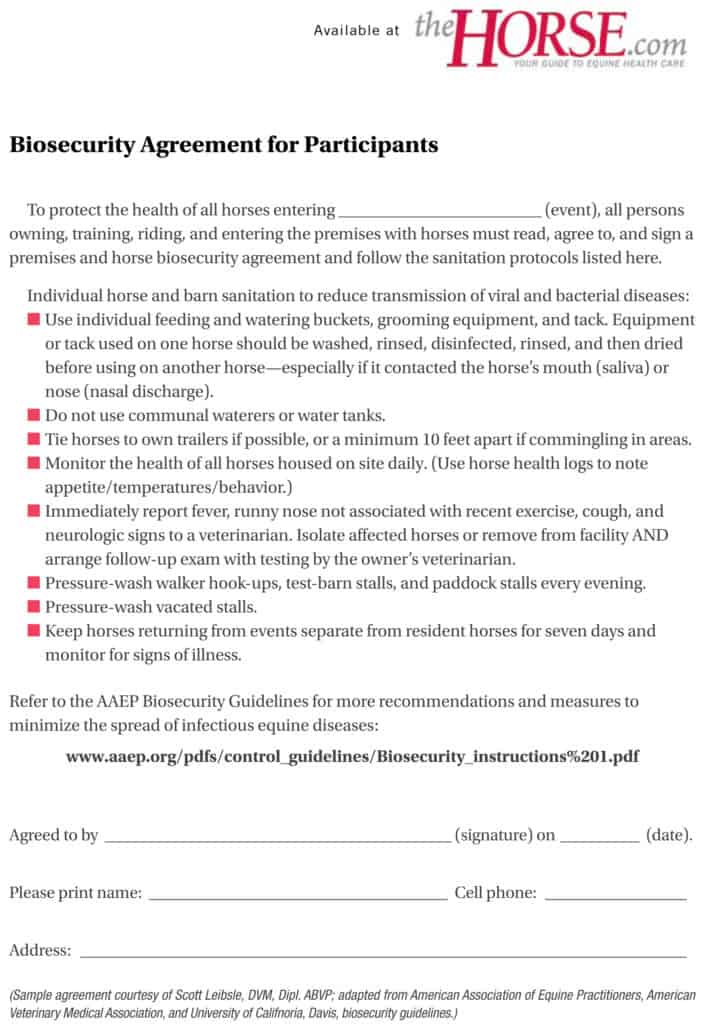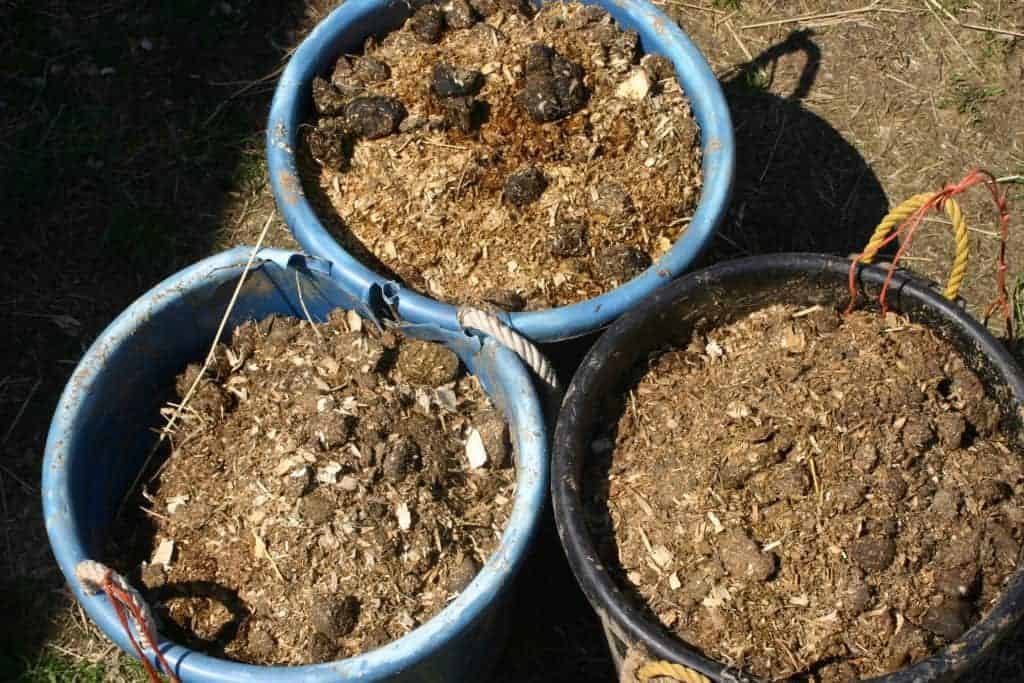Biosecurity Queensland: Equestrians Need Biosecurity Plans
A biosecurity plan is essential to minimizing the risk of horse pests and diseases, including hendra virus.
A biosecurity plan is essential to minimizing the risk of horse pests and diseases, including hendra virus.

Farm owners can take steps to minimize the introduction and spread of infectious equine diseases.
Current health certificates and proof of negative Coggins tests are required at championship shows in 2012.

At home, your horse lives in an environment that you or barn staff strive to keep “biosecure,” or well-defended against infectious disease. But when you and your horse head off property, you’re taking him out of that controlled environment and exposing him to unfamiliar horses and possibly illness. Here, we discuss ways to protect your horse from infectious disease when traveling

Researchers are striving to better understand this fast-spreading virus before its next next mutation.

To educate participants and increase compliance with safe practices, show or event managers might want to include an agreement in a stall packet or in online show/event information, requiring a signature on a compliance agreement.
These are general biosecurity guidelines and each event/facility should tailor the agreement to their specific needs and circumstances.
The toolkit provides equine event organizers with equine biosecurity and infectious disease information.
The Australian equine influenza outbreak provided a unique opportunity to evaluate some biosecurity measures.
A two-week Equine Biosecurity e-Session will be available April 16 – 29 for $75 (plus HST) per person.

Turn your mismanaged manure pile into an asset with these new technologies.
It’s never too late to implement biosecurity protocol to help protect horses from potentially fatal diseases.
The products available to control ammonia buildup in barns boast a variety of forms and ingredients.
The “Beat the Bugs” program promotes biosecurity throughout all sectors of the horse industry.
I rescued a gelding earlier this year, and I have noticed he has some weird tendencies when urinating.
Equine Guelph (University of Guelph) recently introduced their new Equine Biosecurity Risk Calculator.

Here are the steps to take when introducing a new horse to your farm, and to reduce disease spread within your herd.
Stay on top of the most recent Horse Health news with
"*" indicates required fields